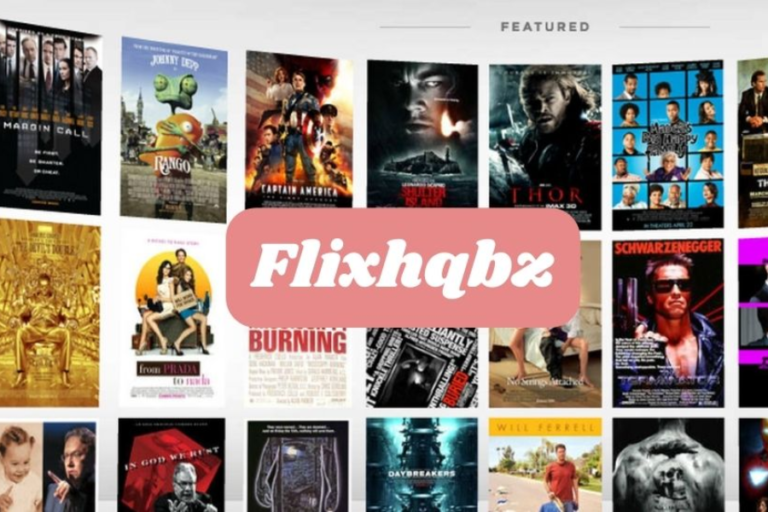Recorded as a Show: A Comprehensive Overview
Introduction
The phrase “recorded as a show” encapsulates the evolution of live performances, events, and original programming into formats suitable for broadcast, streaming, and archival purposes. This transformation has revolutionized the entertainment industry, providing global audiences with unprecedented access to diverse content at their convenience. This article delves into the historical development, technological advancements, cultural impact, economic implications, challenges, and future prospects of recorded shows.
Historical Development
Early Beginnings
The concept of recording shows dates back to the late 19th century with the invention of audio recording technologies, notably Thomas Edison’s phonograph in 1877. This innovation laid the groundwork for future advancements in recording and broadcasting, setting the stage for the transformation of live performances into recorded formats.
Rise of Radio and Television
The early 20th century witnessed the rise of radio broadcasting, where live performances were transmitted to homes across the nation. The introduction of magnetic tape in the 1930s enabled the recording and playback of these broadcasts, marking a pivotal shift towards recorded media. Television emerged as a dominant medium in the mid-20th century, popularizing recorded shows and paving the way for iconic programs like “I Love Lucy,” which set standards for future television production and syndication.
Digital Revolution
The late 20th and early 21st centuries saw the digital revolution reshape how shows were recorded, distributed, and consumed. Analog to digital recording transitions improved content quality and durability. The advent of digital video recorders (DVRs) in the late 1990s enabled viewers to record live broadcasts, transforming viewing habits from scheduled programming to on-demand consumption.
Technological Advancements
High-Definition and Beyond
The shift from standard definition to high-definition (HD) television in the early 2000s marked a significant leap in recording technology, enhancing viewer experience with clearer, more detailed imagery. Today, 4K and 8K resolutions offer unparalleled levels of visual fidelity, pushing the boundaries of recorded content quality.
Streaming and On-Demand Services
The internet’s rise and broadband connectivity spurred the proliferation of streaming platforms like Netflix, Hulu, and Amazon Prime Video. These services revolutionized content distribution by offering vast libraries of on-demand recorded shows, prompting investment in original programming tailored for exclusive online distribution.
Cloud Technology and Remote Production
Cloud technology revolutionized show recording and production by enabling seamless data storage and streaming, facilitating global access to content. Advances in remote production technologies further diversified production capabilities, reducing reliance on traditional studio setups and expanding creative possibilities.
Cultural Impact
Global Accessibility
Recorded shows foster global cultural exchange by enabling audiences worldwide to access and engage with diverse content. Iconic series like “Friends” and “Game of Thrones” have transcended borders, influencing global pop culture and creating shared cultural touchstones.
Shifts in Viewing Habits
The ability to record and stream shows has transformed viewer habits, popularizing binge-watching and serialized storytelling. This trend influences content creation, with creators increasingly designing shows for extended viewing sessions and narrative immersion.
Preservation of Cultural Heritage
Recording shows preserves cultural heritage by archiving historic broadcasts, iconic performances, and significant events for future generations. This archival practice ensures that cultural milestones remain accessible for historical study and public enjoyment.
Economic Implications
Revenue Models
The transition to recorded shows introduced new revenue models such as advertising, subscription services, and pay-per-view, driving industry profitability. Streaming platforms like Netflix invest heavily in original content to attract and retain subscribers, reshaping revenue streams within the entertainment sector.
Job Creation and Industry Growth
The demand for recorded content fuels job creation across various production roles, supporting economic growth in entertainment markets worldwide. Investments in technology and infrastructure by streaming services further stimulate industry expansion and innovation.
Challenges and Considerations
Piracy and Copyright Issues
Piracy poses a significant challenge to the recorded show industry, with digital content vulnerability to unauthorized distribution. Stringent copyright laws and digital rights management (DRM) technologies aim to safeguard intellectual property and mitigate piracy risks.
Quality vs. Quantity
The proliferation of recorded content raises concerns regarding content quality amid the demand for continuous production. While many productions maintain high standards, content oversaturation challenges viewer discernment and engagement.
Technological Barriers
Access barriers persist despite technological advancements, limiting global content accessibility due to uneven internet infrastructure and digital literacy disparities. Bridging the digital divide remains essential for equitable content distribution and viewer engagement worldwide.
The Future of Recorded Shows
Interactive and Immersive Experiences
Future recorded shows are poised to integrate interactive and immersive technologies such as virtual reality (VR) and augmented reality (AR), offering personalized viewer experiences and deeper engagement with content.
Artificial Intelligence and Personalization
Artificial intelligence (AI) will shape future content consumption by analyzing viewer preferences to recommend tailored shows, enhancing user satisfaction and content discovery across platforms.
Sustainability and Eco-Friendly Practices
The industry’s future emphasizes sustainability through eco-friendly production practices and renewable energy adoption, balancing growth with environmental responsibility in content creation and distribution.
Conclusion
Recorded shows have profoundly impacted the entertainment industry and global culture, evolving from early radio broadcasts to digital streaming platforms. Technological advancements continue to redefine production standards, while economic implications and cultural influences underscore the medium’s significance. Looking ahead, interactive technologies, AI-driven personalization, and sustainability initiatives promise to shape the next phase of recorded shows, ensuring continued innovation and audience engagement in the evolving media landscape.







